Swimming is often the most difficult discipline to improve especially for beginner triathletes. While cycling faster is a result of cycling lots, doing it intensity and pushing heavy gears and running improvement is highly related to how often you run and your body composition (beginners improves their run as they get leaner), swimming requires both specific fitness and technique.
I’ve been coaching a triathlon club for almost ten years and a very common mistake I see people doing is looking ahead / up, as they swim, this only makes their legs sink, creating more drag and slowing them down. The steps below will force you to swim at an appropriate technique, when it comes to head position and how your upper body can impact where your legs will be in the water
Step 1 – Ping Pong ball drill
Place a ping pong ball under your chin and try not to lose it. This will force you to keep looking down. Stop to breath as you need to and do a few 25m repeats like that until it becomes easy to keep the ping pong ball in place
Step 2 – ankle bands
We’ve discussed swimming with ankle bands in other articles before, it creates extra drag and unless you press your chest into the water, kill your glide, and accelerate your stroke turnover, you won’t be going anywhere. Keep the repeats short, 25’s or 50’s
Step 3 – focus on the new technique for the rest of your workout
With the above exercises you should be swimming with a new and improved technique, you may then continue your main set but make sure you be aware of both your head position and keep on pressing your chest towards the bottom of the pool.
Lets go to the video:
By Vinnie Santana, online Coach, ironguides.net
– 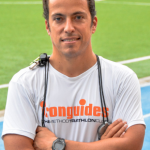
Train with ironguides!
Personalized Online Coaching: Starting at USD190/month
Monthly Training plans (for all levels, or focused on one discipline): Only USD39/months
Event based training plans:
Sprint Distance (USD45 for 8-week plan)
Olympic Distance (USD65 for 12 week plan)
Half Ironman (R$95 for 16-week plan)
Ironman (USD145 for 20-week plan)
X-Terra (USD65 for 12-week plan)
Running Plans (10k, 21k and 42k – starting at USD40)

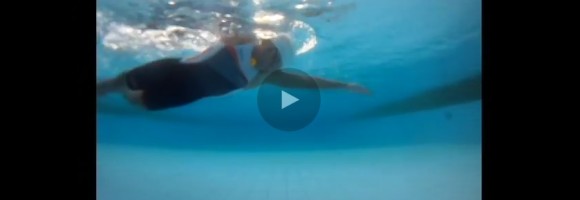



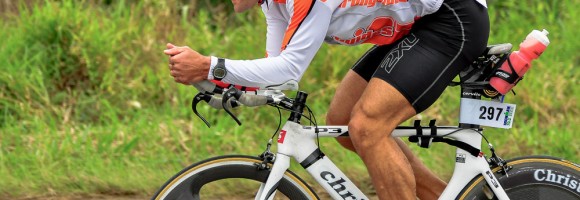


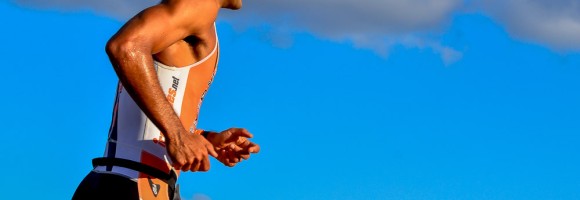

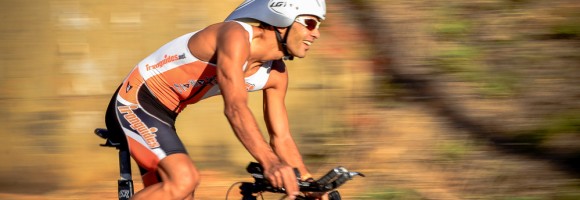
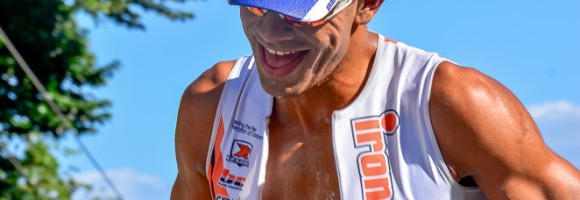
Recent Comments